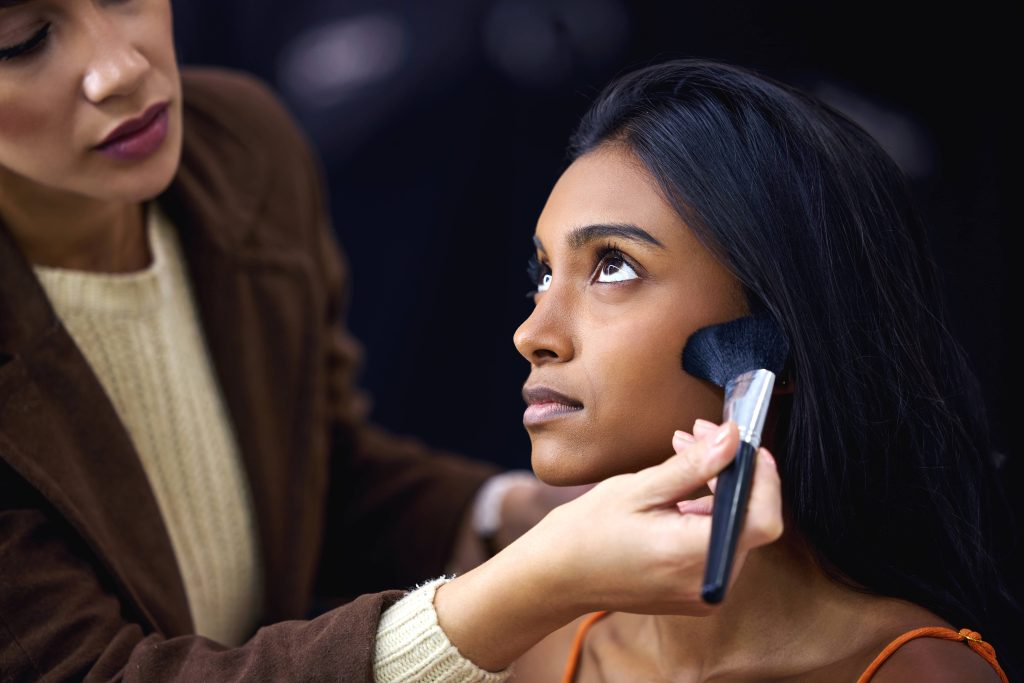
In the dynamic world of beauty, there’s a buzzword that’s been gaining momentum and reshaping product aisles, marketing strategies, and consumer preferences: clean beauty. Many consumers today are becoming increasingly conscious of what they’re putting on their skin and into the world. But what exactly does “clean beauty” mean? This term, while widely used, often leaves consumers scratching their heads, trying to decipher marketing lingo from genuine practices. Join me as we delve deeper into the world of clean beauty and unpack its true meaning.
Unpacking Clean Beauty
At its core, clean beauty revolves around non-toxic, safe, and transparent products. Unlike terms such as “organic” or “natural,” which have more defined guidelines, clean beauty is about safety for both consumers and the environment. It’s a movement pushing for transparent labeling, ethical sourcing, and formulations that prioritize safety above all else.
However, the beauty industry lacks a standardized definition for clean beauty, meaning the term can be subjective and sometimes misused. It requires consumers to be informed and vigilant, diving into ingredient lists and sourcing practices to understand what they’re really purchasing.
Ingredients: The Heart of Clean Beauty
Central to clean beauty is the focus on ingredients. Traditional beauty products often contain synthetic chemicals that can potentially cause skin irritation, hormonal imbalances, or even be linked to more serious health concerns. Clean beauty tries to minimize or altogether eliminate potentially harmful chemicals from formulations.
Some usual suspects that clean beauty brands avoid include parabens, sulfates, phthalates, and synthetic fragrances. Let’s briefly explore why:
– Parabens: These synthetic preservatives, while effective in extending shelf-life, have been under scrutiny for their potential role as endocrine disruptors which might mimic estrogen’s effects in the body.
– Sulfates: Commonly found in shampoos and body washes, sulfates are surfactants that can strip the skin of its natural oils, leading to irritation.
– Phthalates: Frequently used to make fragrances last longer, phthalates are another group of potential endocrine disruptors and have been linked to reproductive and developmental issues.
– Synthetic Fragrances: Often composed of dozens or even hundreds of chemicals, synthetic fragrances can be irritants or allergens for many people.
Instead, clean beauty aims to use safer alternatives derived from nature or well-researched synthetic ingredients that are proven to be safe with long-term use. Ingredients such as plant-based oils, essential oils, naturally derived vitamins, and minerals often headline clean beauty products.
Transparency and Ethical Practices
Transparency is a key pillar of clean beauty. As consumers, we crave honesty, and in the beauty sector, this translates to clear and comprehensive labeling. A significant part of clean beauty is brands committing to truthfully listing every ingredient and being open about their sourcing practices.
Moreover, clean beauty aligns closely with ethical considerations regarding sustainability and environmental impact. Many brands in this space also prioritize:
– Sustainable Sourcing: Ensuring that ingredients are obtained in environmentally friendly ways without depleting natural resources.
– Cruelty-Free Practices: Avoiding animal testing and only selling in markets where such testing isn’t mandated by law.
– Eco-Friendly Packaging: Reducing waste through sustainable packaging solutions, like using recyclable materials or minimizing plastic use.
The Clean Beauty Movement and Consumer Empowerment
One of the most significant impacts of the clean beauty movement has been in empowering consumers. With access to information easier than ever, individuals are becoming beauty detectives, researching ingredients, brand policies, and product efficacy.
This empowerment extends beyond individual health and beauty concerns; it taps into broader environmental and ethical issues. Clean beauty is part of a larger cultural shift towards mindfulness in consumption, urging us to consider the impact of our choices on the world at large.
Navigating the Terrain of Clean Beauty
Despite its many positives, the clean beauty industry isn’t without challenges and controversies. The lack of standardized regulations means that not every brand claiming to be “clean” genuinely adheres to the principles. Greenwashing, or the act of falsely marketing a product as environmentally friendly, is a hurdle that consumers face.
To navigate the terrain effectively:
1. Research Ingredients: Familiarize yourself with both harmful chemicals and beneficial ones. Resources like the EWG’s Skin Deep database can be invaluable.
2. Understand Labels: Look beyond buzzwords and assess ingredient lists critically. Brands that practice full transparency will list all ingredients.
3. Research Brands: Investigate a brand’s ethos, sustainability practices, and sourcing methods. Authentic brands usually have comprehensive information on their websites about their practices.
4. Join Communities: Engage with beauty communities online. Forums and social media platforms can provide anecdotal insights and product experiences.
The Future of Clean Beauty
As consumer demand continues to climb, the clean beauty movement stands poised for expansion and refinement. We anticipate more brands committing to transparent, ethical, and sustainable practices—not just because it’s trendy, but because it’s necessary.
In conclusion, clean beauty represents a mindful approach to the products we use on our skin and the impact they have on our health and the environment. While there’s still work to be done to standardize definitions and practices, as consumers, we hold the power to drive change. By choosing brands that align with clean beauty principles, we support a movement that prioritizes safety, sustainability, and transparency, paving the way for a healthier, more ethical beauty industry.
As we continue on this journey, let’s advocate for a beauty industry that honors truth, integrity, and conscious consumption. Clean beauty is more than a trend; it’s a commitment to ourselves and the planet.



